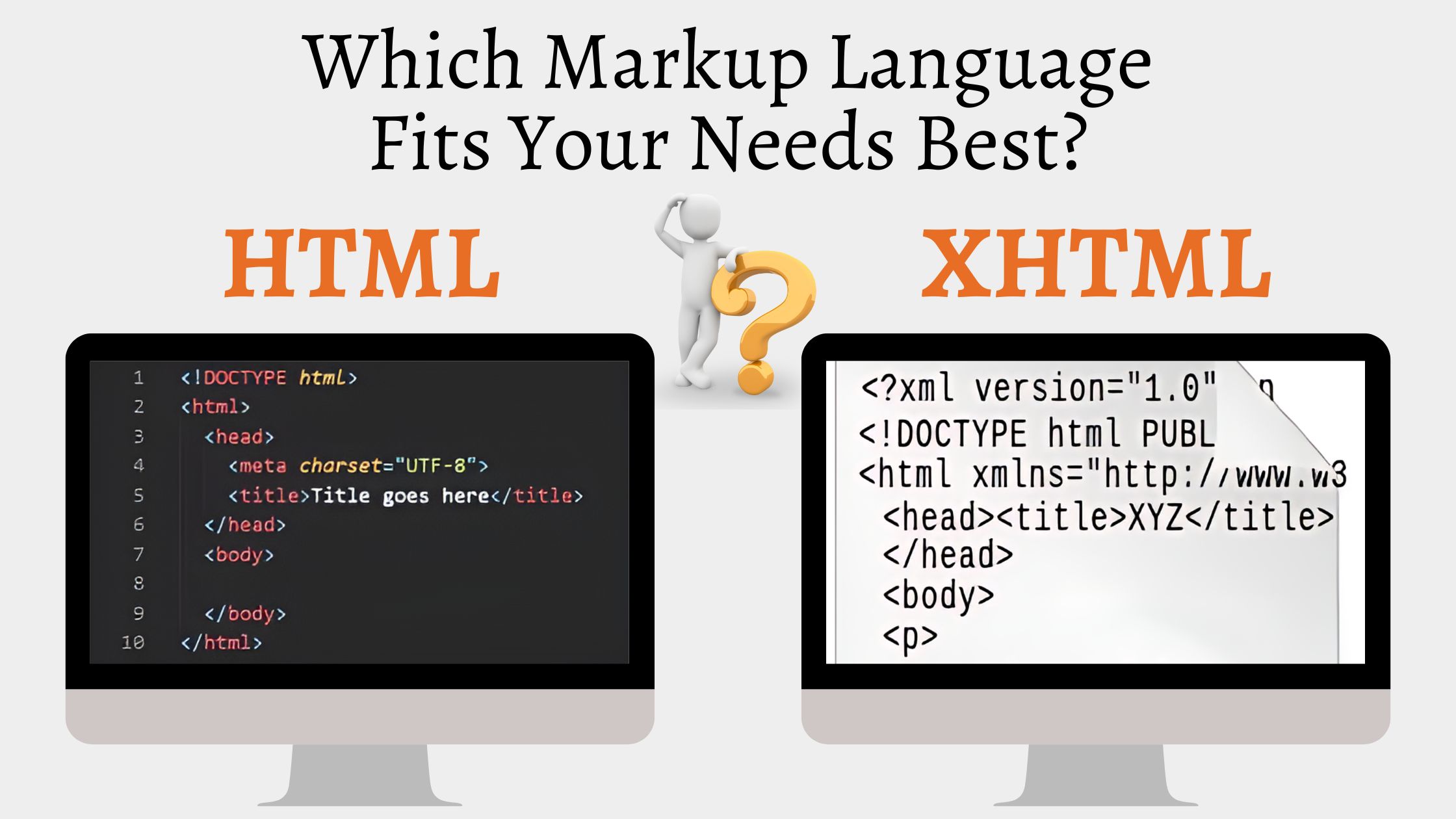You’ve probably heard the term “microformat” which is also abbreviated as µF or uF are piece of simple codes mainly HTML based formats already being used to identify specific kinds of data in web pages to convey as much semantic meaning as possible. Please note that Microformats are not a new language but a piece of mark up especially designed for humans first to read content and machines second to understand. Microformat is the better way to represent information on web pages in a more semantic manner by a specific and predefined format.
In fact, microformats are considered one of the most essential web-based approach to semantic markup where existing HTML/XHTML tags are being used to convey metadata and other attributes in particular web page. With the help of microformats, you can easily add some semantic codes into the HTML markup of web pages that describes content like an upcoming event, event dates, describing people, tags, calendar events etc. Interestingly, microformats are supported and used by Google, Yahoo, LinkedIn, etc. and modern web browsers constantly.
Here, we are going to discuss some of the most useful and easy-to-use Microformats everybody should aware of. Take a look:
hCard: It is a type of microformat used to represent the information generally related to contact detail for people, places, companies and other organizations.
hReview: hReview is the next format we are going to talk about. It is one of the most useful microformat generally used to tag the informative reviews and star rating that showing a search result. hReview is best format from an SEO expert perspective.
hCalendar: This is quite self-explanatory, hCalender is a simple open microformat based on iCalendar used mainly to tag events. It generally included into HTML, XHTML, XML and other markup languages.
Rel-nofollow: This an HTML attribute value regarded as a microformat mainly used to command applications not to follow particular links.
RelTag: relTag comes into play basically in blogs where tags are need to be placed semantically. In fact, by adding rel=”tag” to a hyperlink of a website structure, a page of a website indicates that the hyperlink destination is an author-designated “tag” especially for current web page.
We are always open for discussion. If you find really good examples of microformats that have already being used so you are most welcome to share them with CSSChopper.
Posted By: CSSChopper Team





